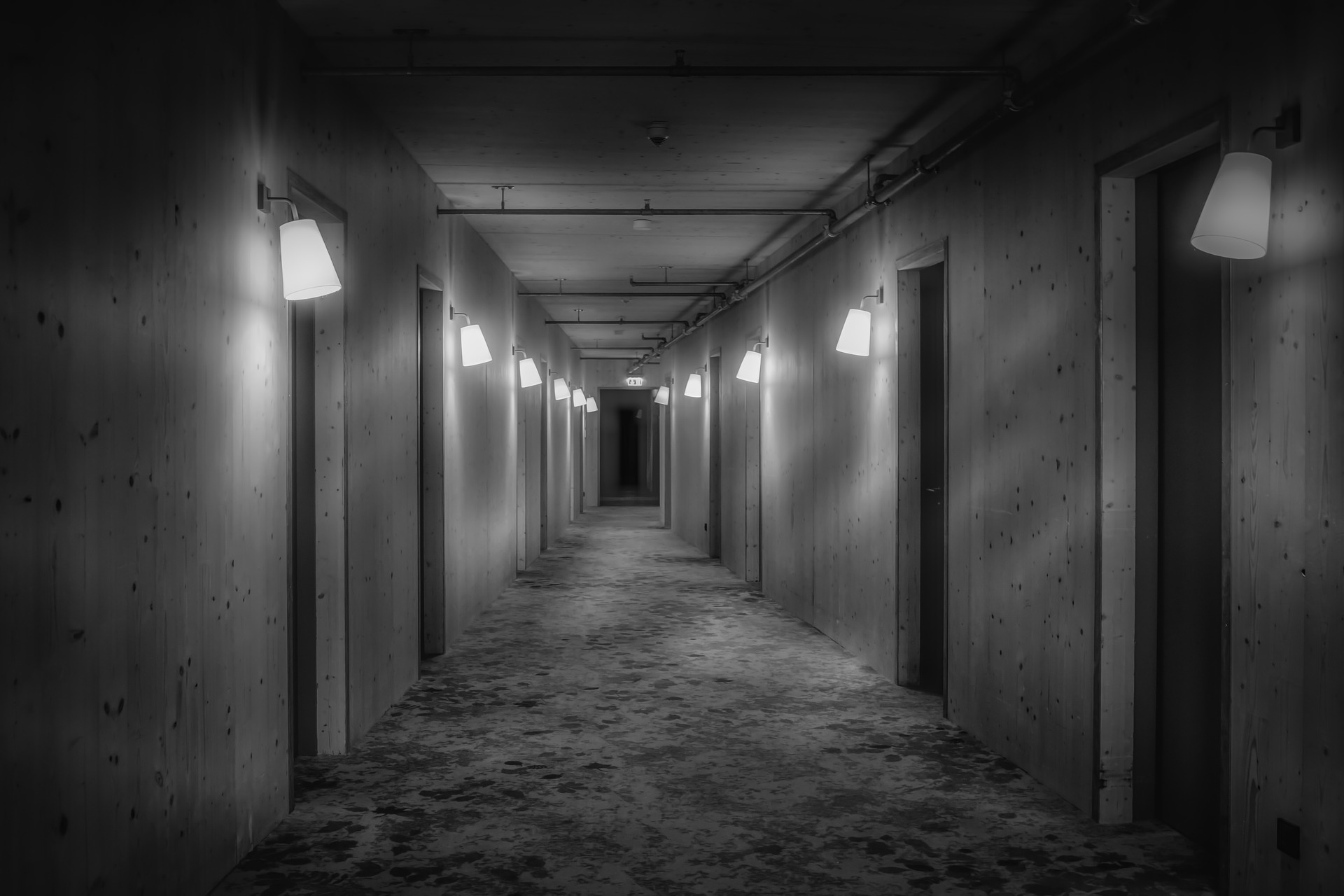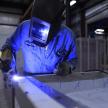
12th
[UPDATE] Is HVAC a risk in quarantine hotels?
By Sarah Bailey, Senior Consultant
As further details emerge from investigations of COVID-19 infections at quarantine hotels, our advice must evolve from our December 2020 post.
We continue to believe that adequately designed and operated HVAC systems in hotels are viable for border protection with a capacity that would not be at all possible in healthcare facilities. While not designed for the purpose of quarantine, the hotel system is what we have and we must continue to bring Australians home. However, not all hotels will have suitable air handling systems, and hotels should be investigated by a properly qualified air conditioning professional, before use as a quarantine hotel to choose those that are the most suitable. There’s no evidence yet of infection from room to room via the HVAC systems. Despite the current issues, hotel quarantine has done an excellent job so far of protecting Australia.
The infections that have occurred are of course concerning, and will, we hope, concentrate the minds of quarantine operators on the HVAC design – specifically that the corridors can form a return air path from the rooms – so extended occupation of a corridor, for example by a security guard, increases risk of infection. More detailed commentary on HVAC design in this story. The use of proper PPE for those in potentially infectious spaces should also be investigated – a surgical mask is not PPE, and will not provide adequate protection. Those who possibly have exposure to the virus by working in a hotel should be provided with proper, fit tested P2 or P3 masks.
More detail in this excellent radio interview comparing hospital and hotel conditions, in particular air change rates. Procedures for infection prevention and control, as well as HVAC operations will undoubtedly be improved following the latest investigations and increasing understanding of infection pathways.
Categories
Recent Posts
Trichloramine and Indoor Air Quality in Swimming Pools
05th Nov
For swimmers and pool workers alike, the characteristic "chlorine smell" at indoor swimming pools is part of the experience. Howev...
Indoor Air Quality Takes Centre Stage: A New Government Report on Airborne Virus Transmission
30th Sep
The importance of Indoor Air Quality (IAQ) has gained significant attention following the release of a groundbreaking report from Australia‚...
Changes to the workplace exposure standard for welding fumes
15th Mar
On January 18, 2024, SafeWork Australia made a significant adjustment to the Workplace Exposure Standard (WES) for Welding Fume (not otherwi...

















